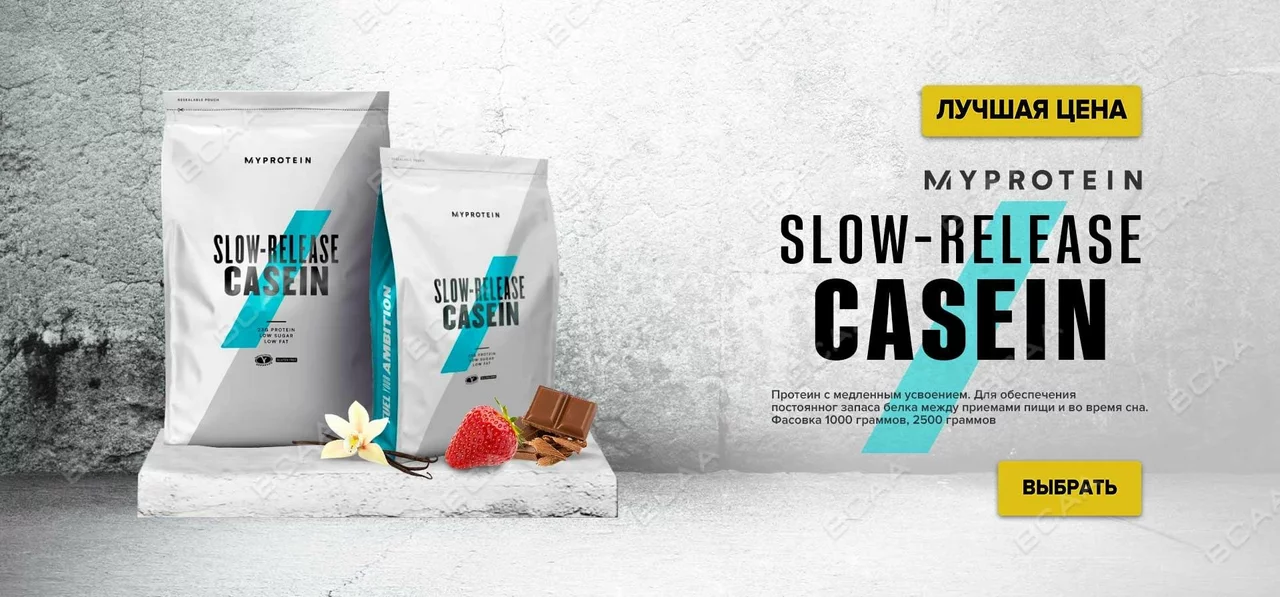Transform Your Health: Practical Guides on Meds, Alternatives, and Safe Online Buying
Want to change your treatment, stop a troubling side effect, or save on prescriptions? This tag gathers clear, practical guides to help you transform how you handle medications and health choices. You’ll find step‑by‑step advice on switching drugs, real alternatives, dose questions, and safer ways to buy online.
Before you change anything, get a specific plan with your clinician. Bring a list of current medicines, recent lab results, and the exact reason you want a change. For example, if you are thinking about switching statins or adjusting simvastatin (Zocor), ask about liver and muscle monitoring. If thyroid meds feel off, request TSH and free T4 checks before switching brands or doses.
Watch drug interactions. Simple combinations can cause big problems. Mention every prescription, OTC product, and supplement to your provider. If you take antibiotics like Bactrim or sedatives such as diazepam, ask how they mix with other drugs. A quick chart or a pharmacy review will catch most conflicts.
How to buy meds online safely
Only use pharmacies that ask for a prescription when the medicine requires one. Look for a secure website, clear contact info, and verifiable credentials. Read recent user reviews and check shipping rules for controlled drugs. Prefer pharmacies based in regulated countries, or use a known Canadian or international vendor with active customer service. Never use sites that offer high doses without a prescription or push subscriptions aggressively.
Consider generics as a cost saver but confirm active ingredients and dosing. Generic metformin (Glucophage) works the same as brand for most people, but formulations can affect stomach comfort. If a new pill upsets your stomach, check with the pharmacist about an alternate formulation or a slow‑release option.
Practical tips for real change
Keep a symptom diary for two to four weeks when you switch treatments. Note sleep, mood, pain levels, appetite, and any new symptoms. Bring the diary to follow up visits. Start low and go slow with dose changes and watch labs where needed—kidney, liver, or lipid panels depending on the drug.
Think beyond pills. Diet, exercise, and sleep often change how well drugs work. If you manage blood pressure, small salt cuts and weight loss can let you use a lower dose. If you are fighting reflux, lifestyle changes plus a short course of a PPI may beat long term heavy dosing.
Use this tag as a toolbox. You’ll find articles on alternatives to common drugs, safe online pharmacy choices, drug-specific FAQs, and practical side‑effect tips. Read a few linked guides, take notes for your provider, and make changes with careful monitoring. Small steps, tracked carefully, lead to big improvements.
For complex conditions like HIV, hepatitis, or chronic pain get a specialist involved, track adherence, and use tools like pillboxes or pharmacy reminders. Ask about drug interactions with treatments such as Biktarvy or nevirapine and consider nonopioid alternatives when possible. Small tracking habits prevent big problems and review changes regularly with your clinician.
Transform Your Fitness Journey with the Power of Casein Peptides: A Comprehensive Guide
In my latest comprehensive guide, I explored the incredible benefits of incorporating casein peptides into your fitness journey. These powerful proteins not only support muscle growth but also improve overall health and well-being. By understanding how casein peptides work and how to effectively include them in your diet, you can truly transform your fitness results. I've broken down the science behind this powerhouse supplement and provided practical tips for incorporating it into your daily routine. Don't miss out on discovering the secret to unlocking your fitness potential with the power of casein peptides!





